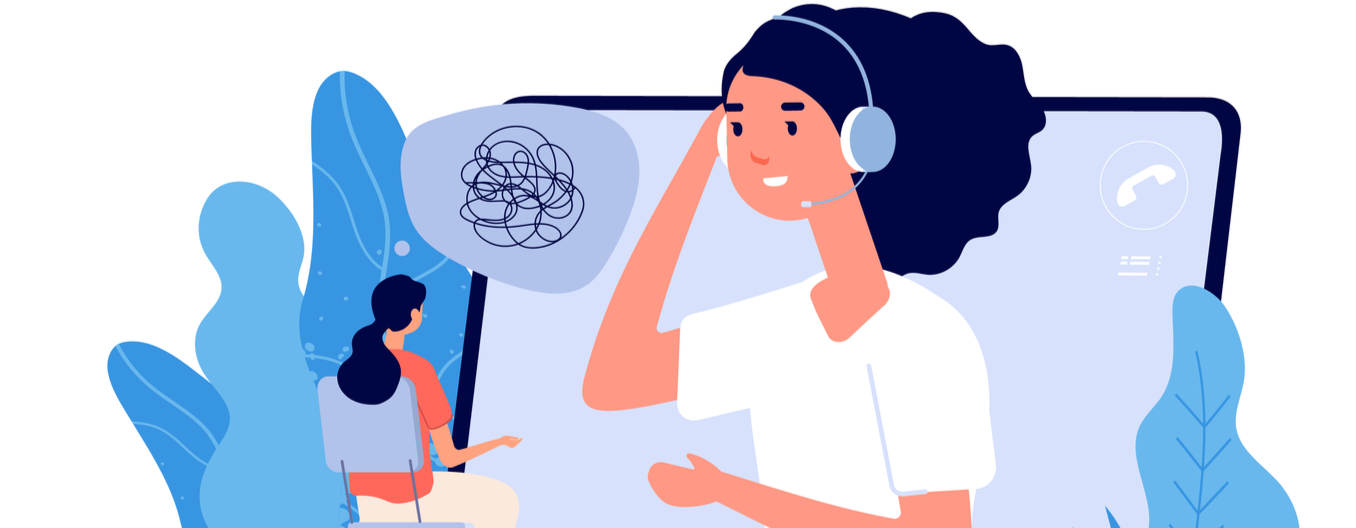3. Be more precise with the choice of typography
Doesn’t matter how well-written your message is, the wrong font can always waste it. As most of the information on a website is in the form of written language, optimising it with the right typography can optimise its accessibility, readability and usability. You can use different typefaces for conveying different emotions and messages. Each one of them is designed to be used in specific situations and for certain uses. For instance, Serif fonts are mostly associated with professionalism and seriousness, while San-Serif fonts are more contemporary.
When you’re planning to use too many fonts, each one of them will fight for attention. To avoid this, minimise the number of fonts. Also, your users are more familiar with standard fonts that help them read faster. That doesn’t mean you can’t play with other fonts to create an immersive experience. Our best advice is you should prefer opting for a typeface that works well with your business and represents your brand story in an interesting manner.
4. Keep your content clean and organised
You know, content drives traffic. But if its disorganised, visitors aren’t going to stay on the website. Due to overly loaded web pages, it is extremely difficult to find useful content, which often invokes stress and anxiety. In other words, mudding up your website irritates your users, leading to low traffic and high bounce rates. Therefore, keep your content organised, easy-to-read and concise.
In today’s world, content needs to get edited and organised so that there is an ease in providing adequate and needed information without overwhelming users. Here, web design can play a crucial role in helping visitors find what they need quickly and easily, giving them good vibes that they are in the right place.

